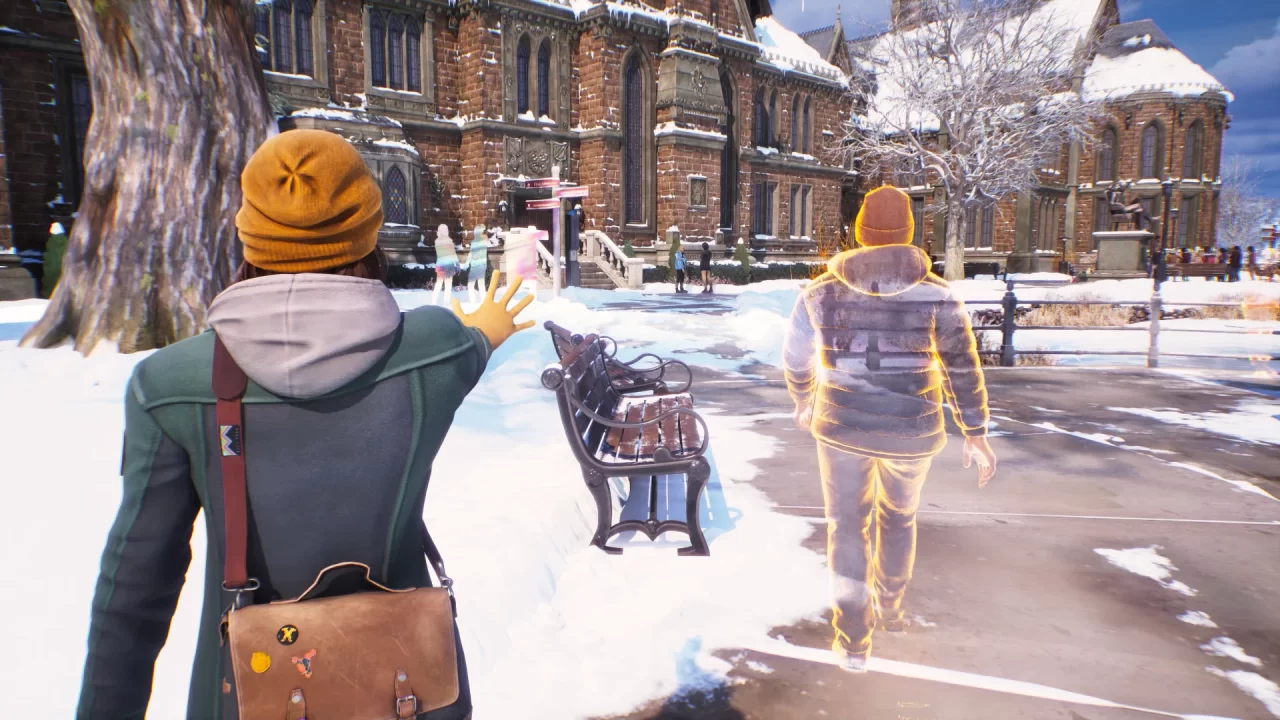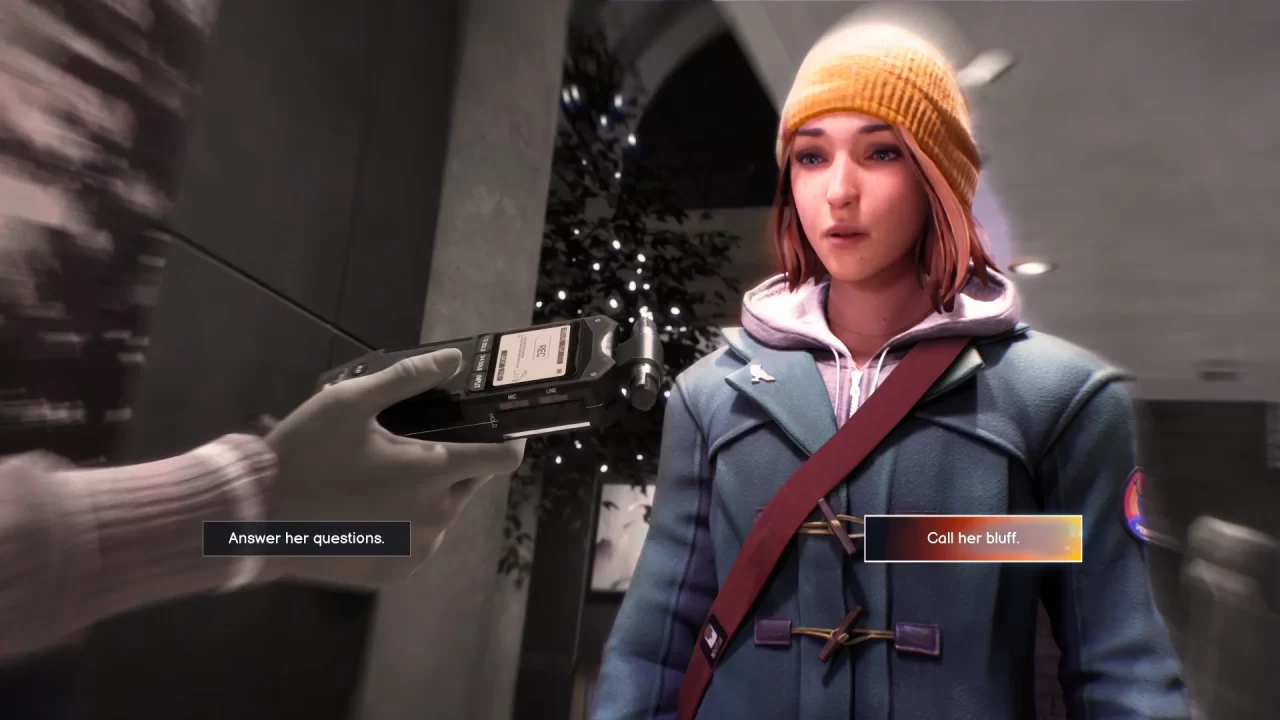Life is Strange: Double Exposure is the latest entry in a series that has seen its fair share of praise and criticism. While the original Life is Strange set a high bar with its unique time-bending mechanics and emotional storytelling, subsequent titles have received mixed receptions. Fans have been divided on how well each game lives up to the original’s emotional depth and character-driven narrative. Unfortunately, Double Exposure falls short of living up to the original’s legacy. Although it captures the spirit of the series at times, too many elements fall flat, leaving an experience that feels rushed, underdeveloped, and, ultimately, unsatisfying.
Unlike Life is Strange 2 and True Colors, which introduced new characters and stories, Double Exposure is a direct sequel to the original game, bringing back Max as the protagonist. Set ten years after the events of Arcadia Bay, the story takes place at Caledon University, where Max is the photographer-in-residence. The narrative picks up with her once again facing impossible choices that challenge her understanding of friendship and sacrifice.
This time, instead of her time-rewinding powers, Max discovers the ability to travel between two parallel worlds—one where her close friend Safi is alive, and another where Safi was shot to death in a horrifying incident. This dual-world mechanic sets the stage for a story steeped in mystery and the consequences of Max’s choices across these two realities.
One of the areas where Double Exposure succeeds is in its atmosphere. Like the original, this game nails the indie, coming-of-age vibe with a soundtrack that complements the mood and fits the tone perfectly. Whether it’s a reflective moment after a major choice or a simple scene in Caledon, the soundtrack enhances the emotion and keeps you engaged, even when the story falters.
There are moments of genuine intrigue in the mystery that Double Exposure presents. Kicking off with a strong premise, the game explores the consequences of shifting between two realities. There’s also a noticeable attention to detail in certain areas, particularly with idle dialogue. These seemingly small conversations often form side storylines that persist throughout your playthrough, adding depth to the characters and the plot. When it works, this idle dialogue enriches the experience, gives insight into the characters’ backgrounds and motivations, and creates a sense of immersion.
Unfortunately, these moments are insufficient to save the game from multiple glaring issues. One of the biggest problems with Double Exposure is its reliance on fetch quests. While similar problems existed in previous titles, they are more apparent here, completely dominating the gameplay. Their abundance in numerous areas bogs down the pacing, turning entire sections into tedious chores at the expense of meaningful interactions. When a narrative-driven game loses its narrative momentum, the flaws become even more pronounced.
The characters in Double Exposure are also one of the weakest aspects. Unlike the first entry, where many characters felt well-developed and nuanced, those in this installment often behave inconsistently and make bizarre, illogical decisions. For example, regardless of your input and choices throughout the story, the main characters behave in the exact same way to move the story forward. No matter how nice (or mean) you are to a specific character, your actions are almost completely forgotten by the next scene. This disconnect leads to irrational actions that contradict players’ expectations based on prior interactions, resulting in a bewildering lack of coherence.
Even by the game’s conclusion, the characters do not significantly evolve from when you first meet them. They fail to learn from their mistakes, and there’s little room for introspection or reflection. The lack of believable progression makes empathizing with characters difficult, which spoils overall plot immersion. In a game where emotional stakes are supposed to matter, this disconnection left me feeling disengaged and indifferent to the outcomes of the characters’ journeys.
Part of the problem stems from its short runtime. Clocking in at less than ten hours, Double Exposure doesn’t give itself enough space to fully explore its characters or plot. There simply isn’t adequate time for the story to develop naturally, which results in a rushed and unsatisfying experience. The game introduces key plot points but never fully resolves them, leaving you with more questions than answers by the time the credits roll. This short length is especially disappointing given the price, as it feels like poor value for your money.
One of the main narrative hooks is that players can choose to base the story on either ending from the first Life is Strange. On paper, this concept presents an intriguing opportunity for players to see how their previous choices impact the story and the world around them. However, in execution, it falls short. Both routes feel strikingly similar, offering only surface-level differences that do little to differentiate the experiences.
Despite the real impact that the original endings should have on the overall story, the dialogue for both routes is largely similar, and it’s difficult to accept the lack of narrative divergence given the gravity of those choices. As a result, the story feels forced and unconvincing—like a contrived decision written inorganically from a premise rather than one allowed to develop naturally. Consequently, the overall replayability suffers, as players have little incentive to revisit the other path when both are so similar.
Adding to all of this, the technical state of Double Exposure presents another major issue. The game is riddled with bugs, some of which are game-breaking. These bugs are not just minor inconveniences—they can completely ruin the experience by forcing you to restart sections or lose progress. There are persistent audio issues that pull you out of the moment, with dialogue sometimes cutting out or desyncing. Since the game relies so heavily on immersion and emotional investment, it’s difficult to overlook these technical problems. They compound the frustration already caused by poorly developed characters, making the experience feel even more unfinished.
Double Exposure also lacks basic quality-of-life features that we’ve come to expect in modern games. For instance, there is no means of tracking certain collectibles. For a game that prides itself on player choice and uncovering hidden details, the absence of such tracking is a baffling oversight. This makes it difficult for players to know what they’ve found and missed. Further, due to the aforementioned bugs, some of the collectibles and even available player choices may not appear at all.
Finally, the ending is where things really fall apart. Most of the plot points remain unresolved even at the end, and it feels like the developers are more focused on the next game instead of this one. This aspect is where Double Exposure feels most like a letdown, as if the story never truly got started.
Life is Strange: Double Exposure is a game that fails to capitalize on its premise. Although the soundtrack and occasional moments of intrigue are commendable, they are overshadowed by poor character development, confusing plot choices, and a lack of polish. The technical issues, combined with the short length and unresolved storylines, make this entry feel rushed and incomplete. Longtime fans of the series might find themselves disheartened, as they may genuinely dislike the narrative choices that diverge from what they loved about the original. While some may find enjoyment in revisiting the world of Life is Strange, for many, this game could feel like a disappointing misstep.




